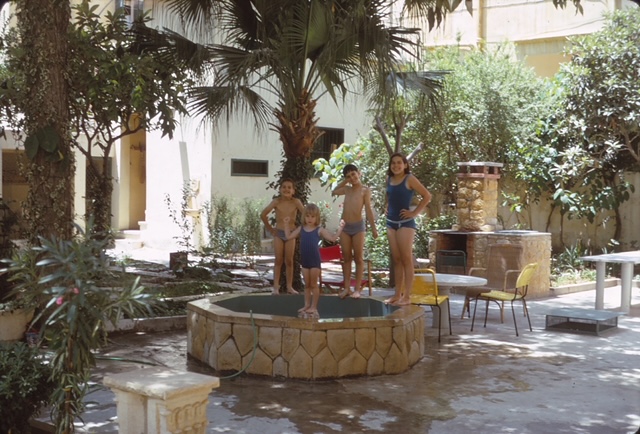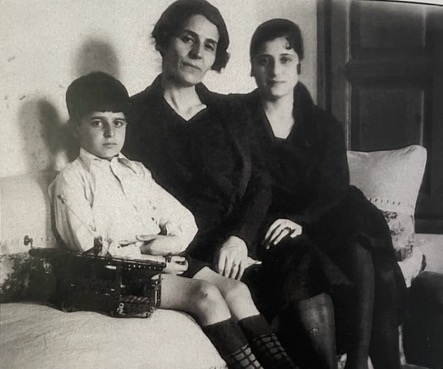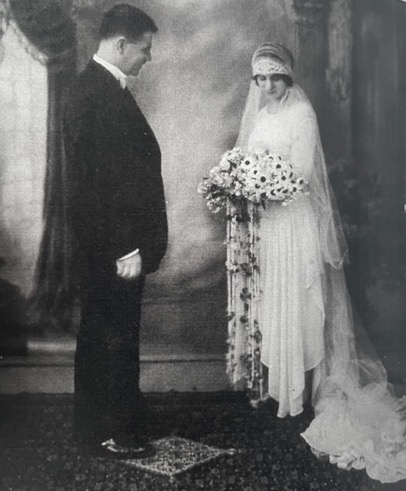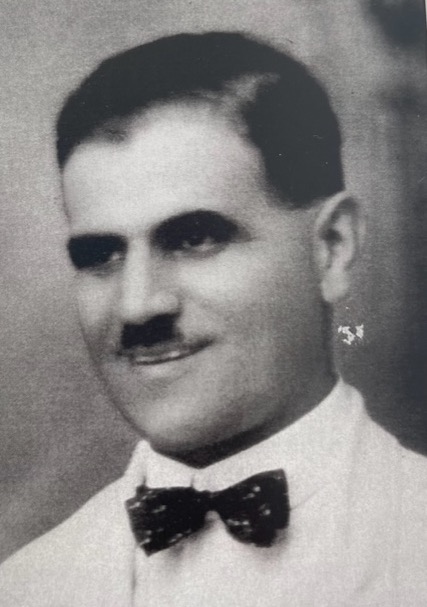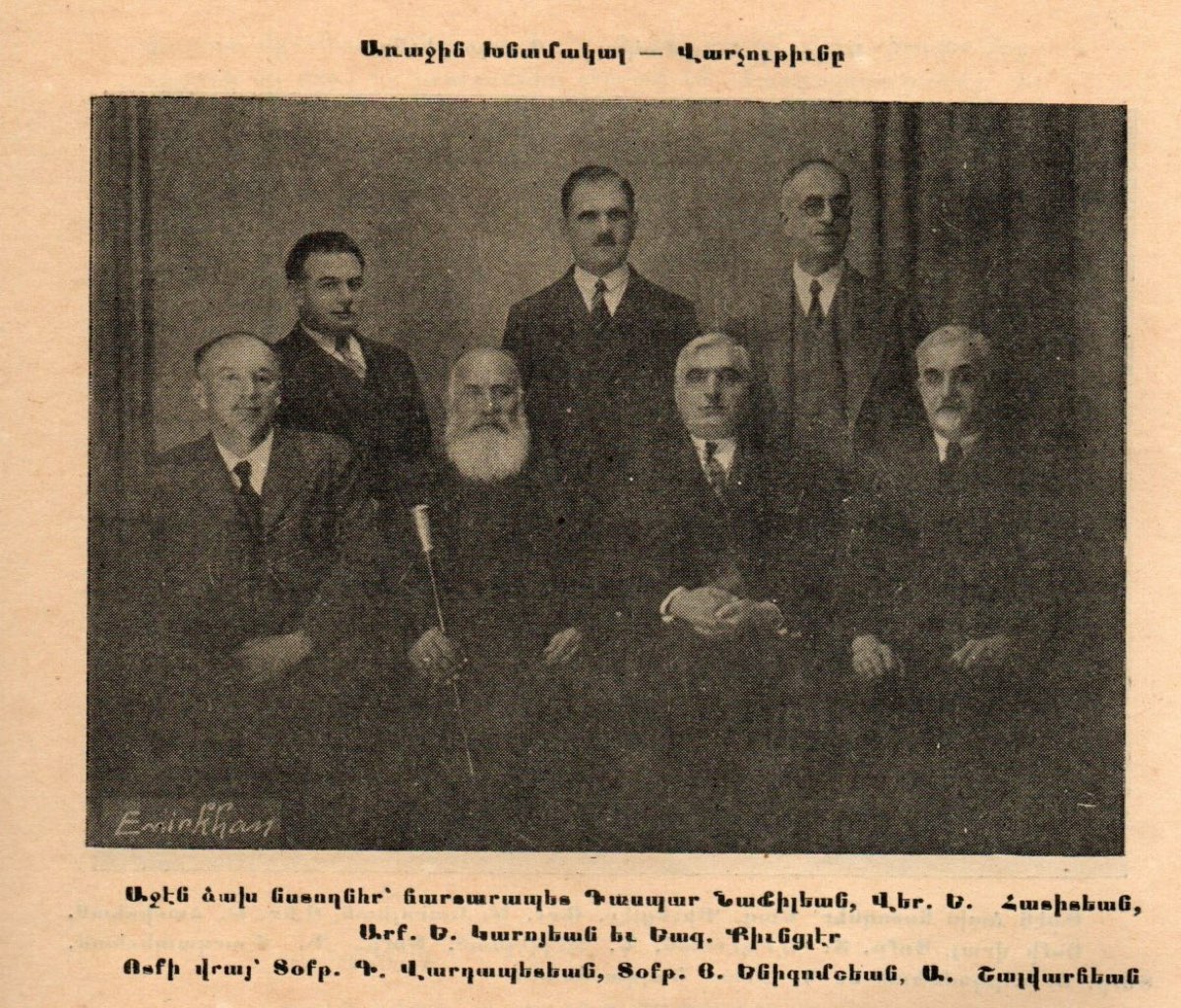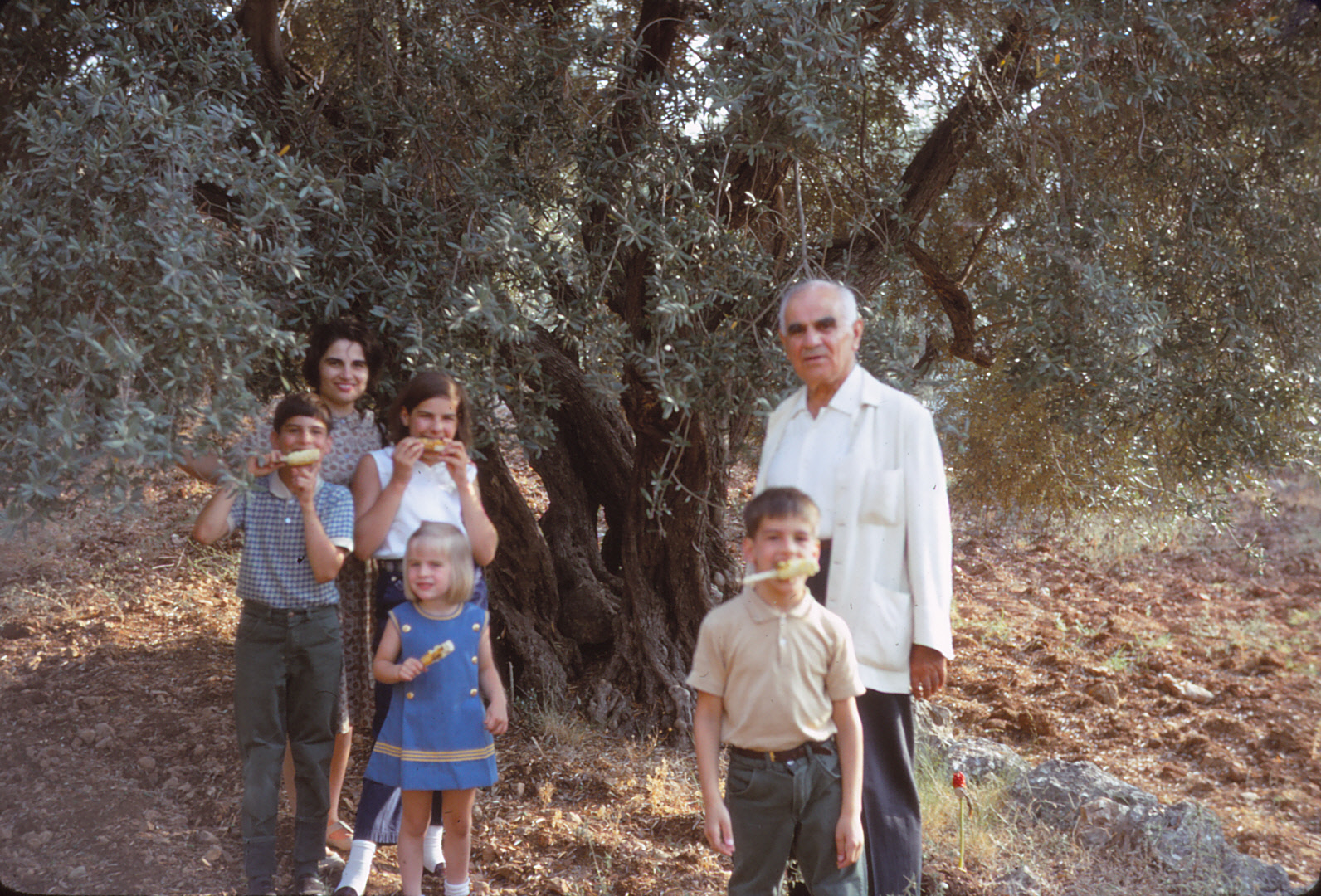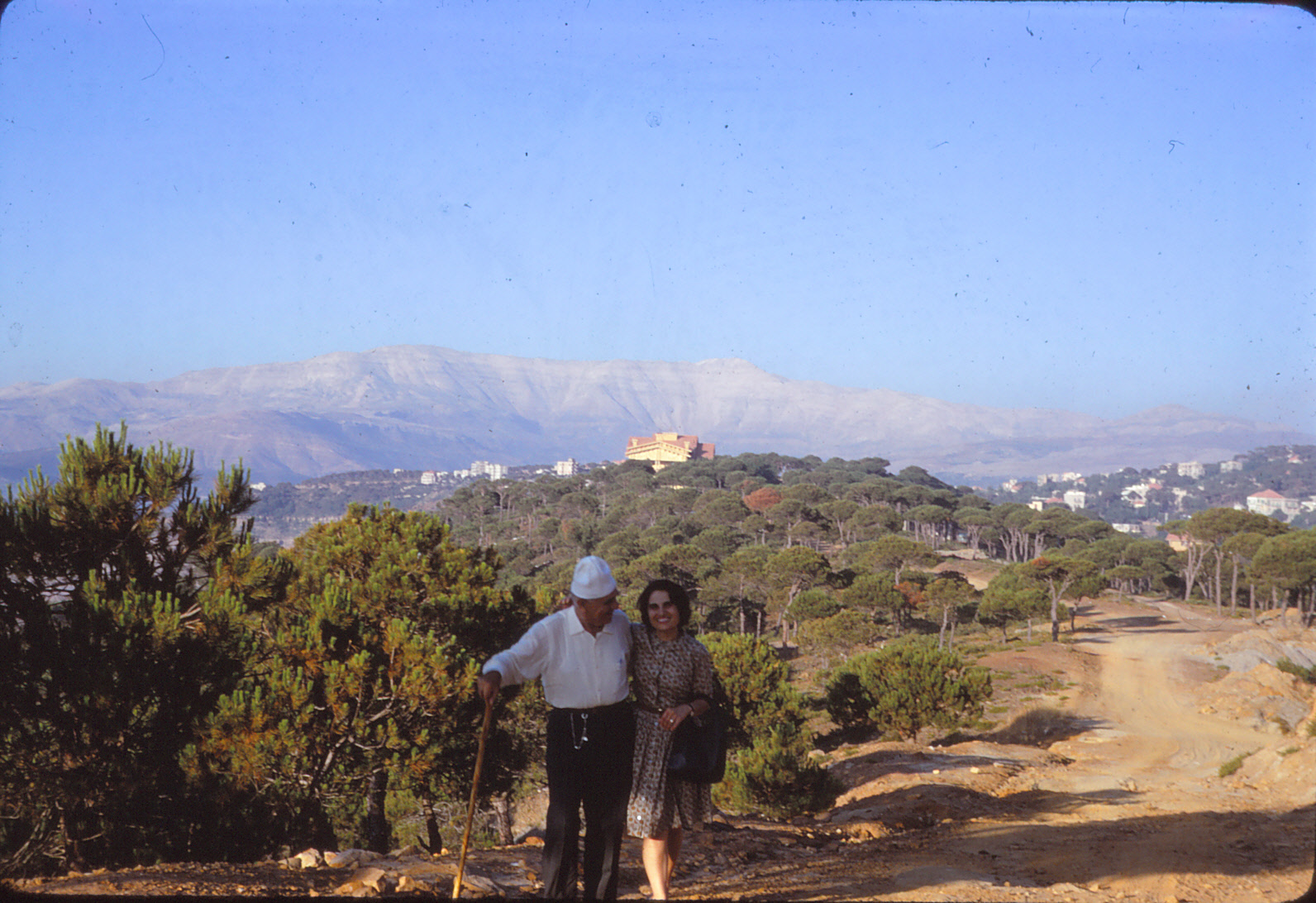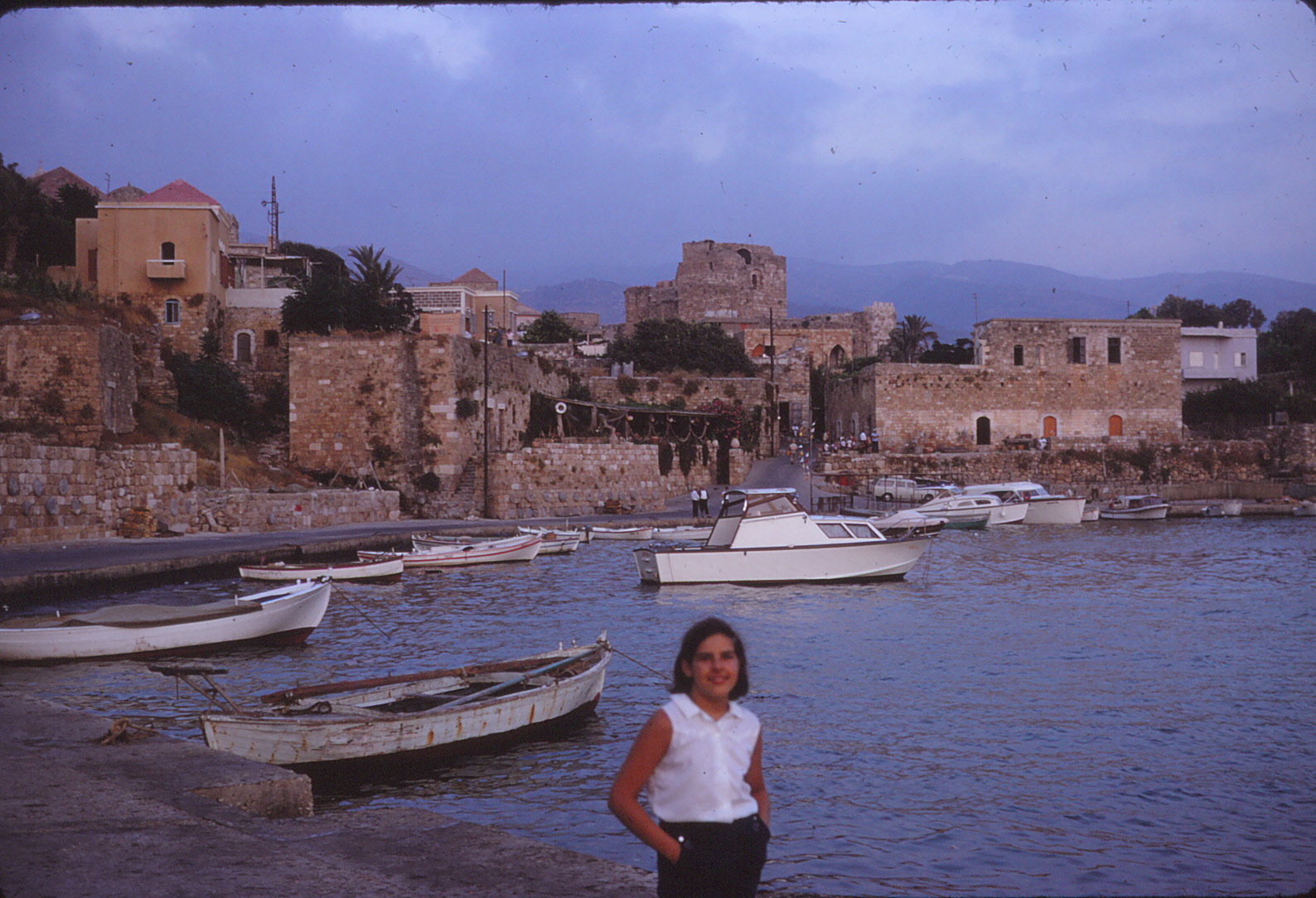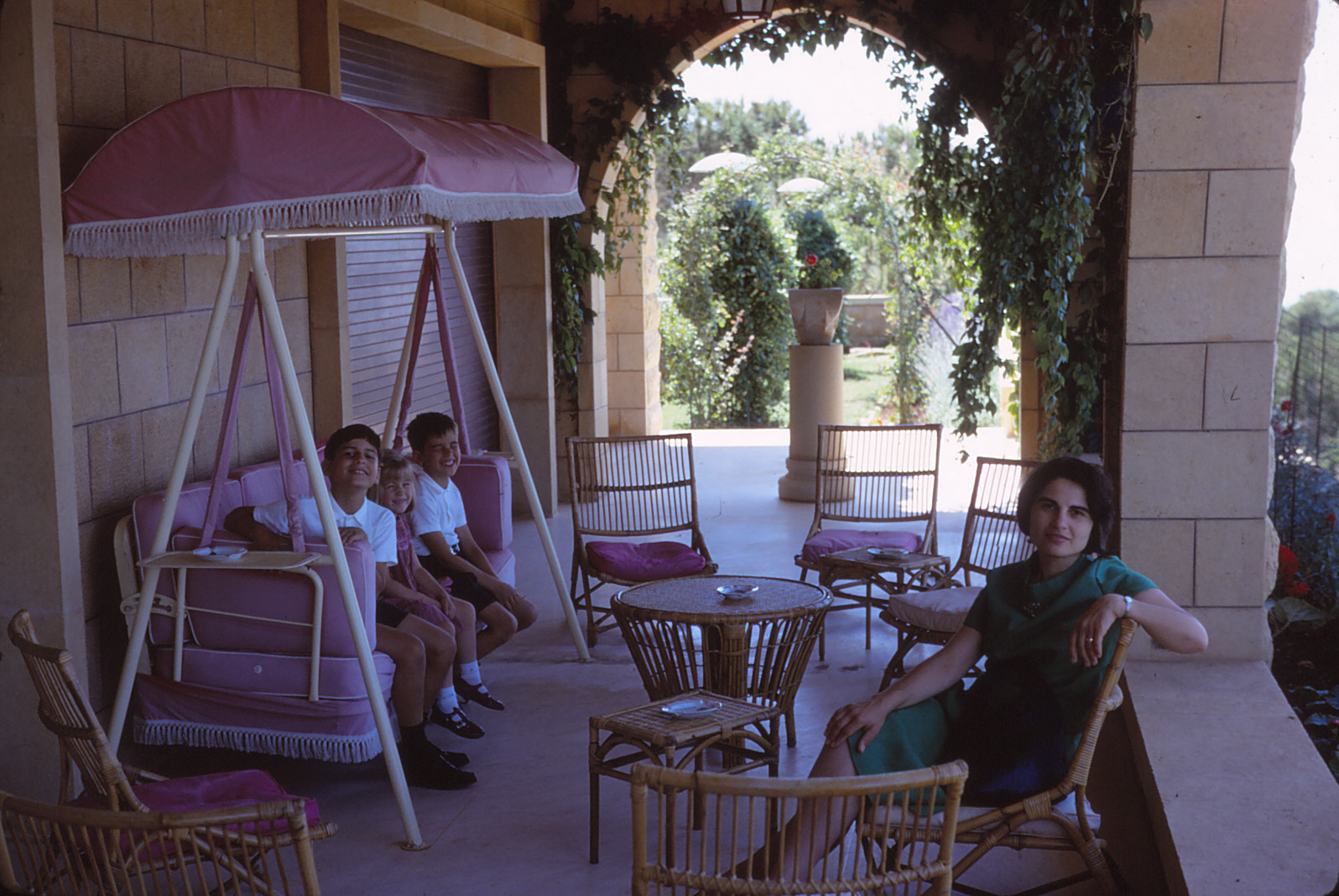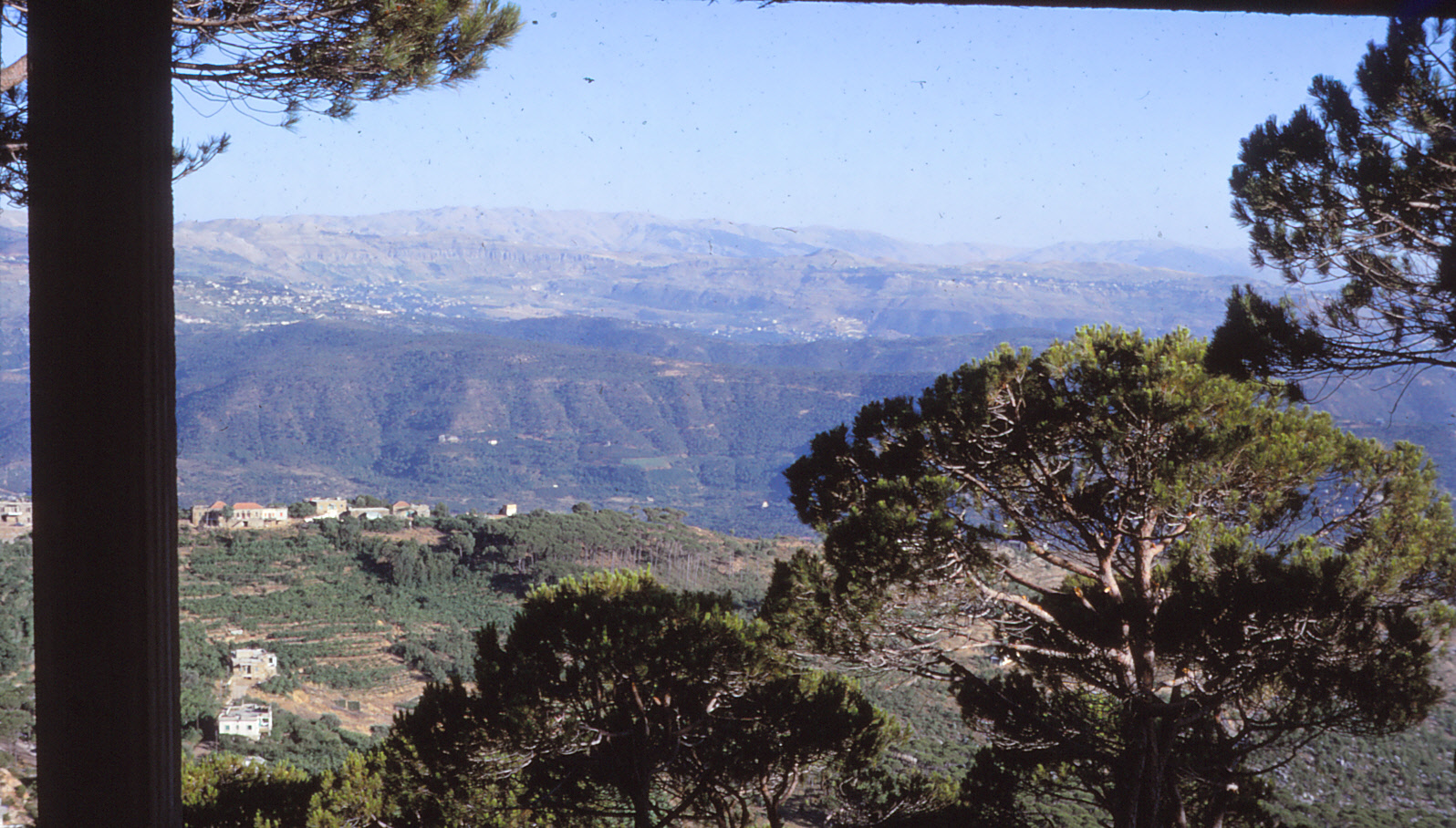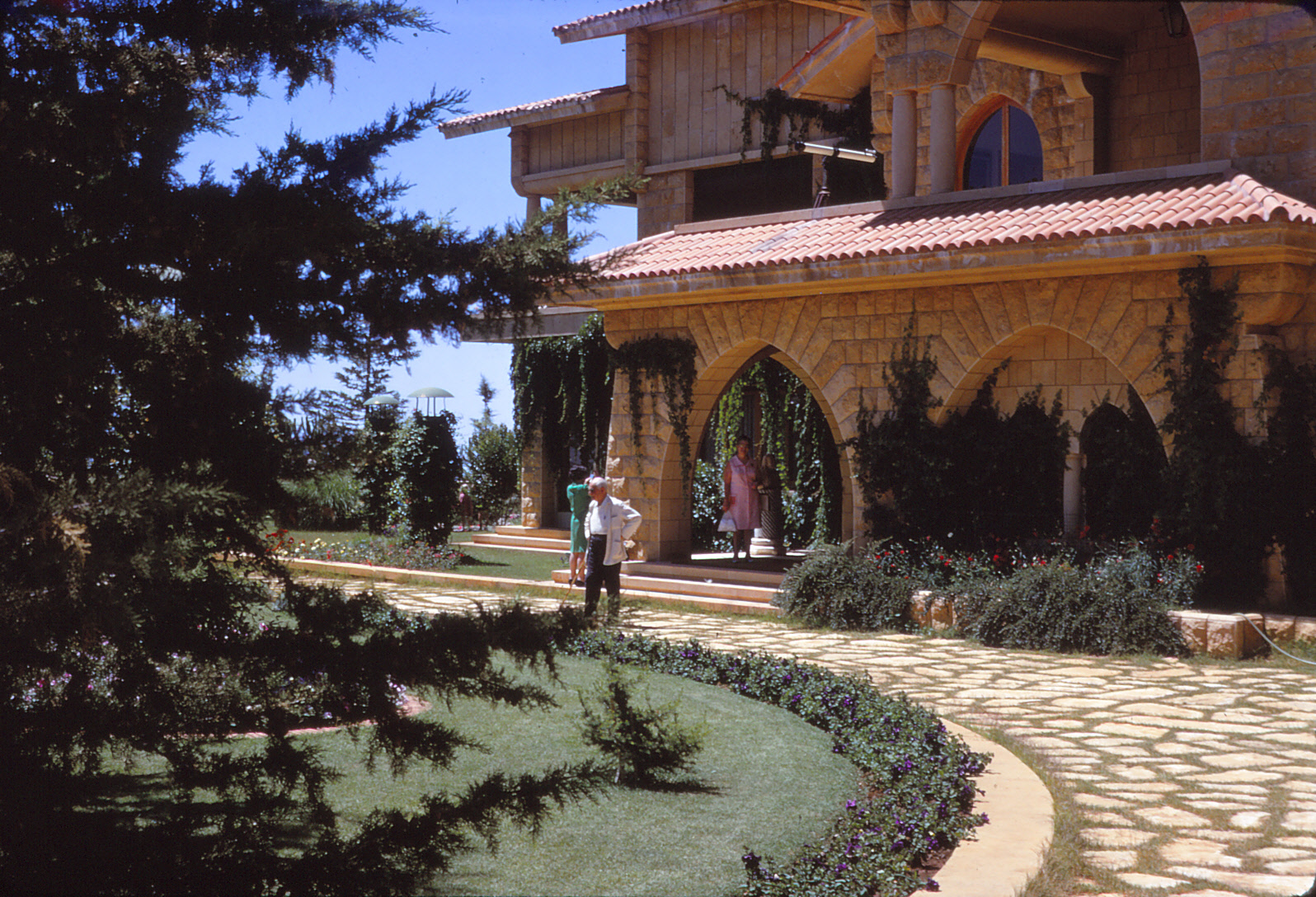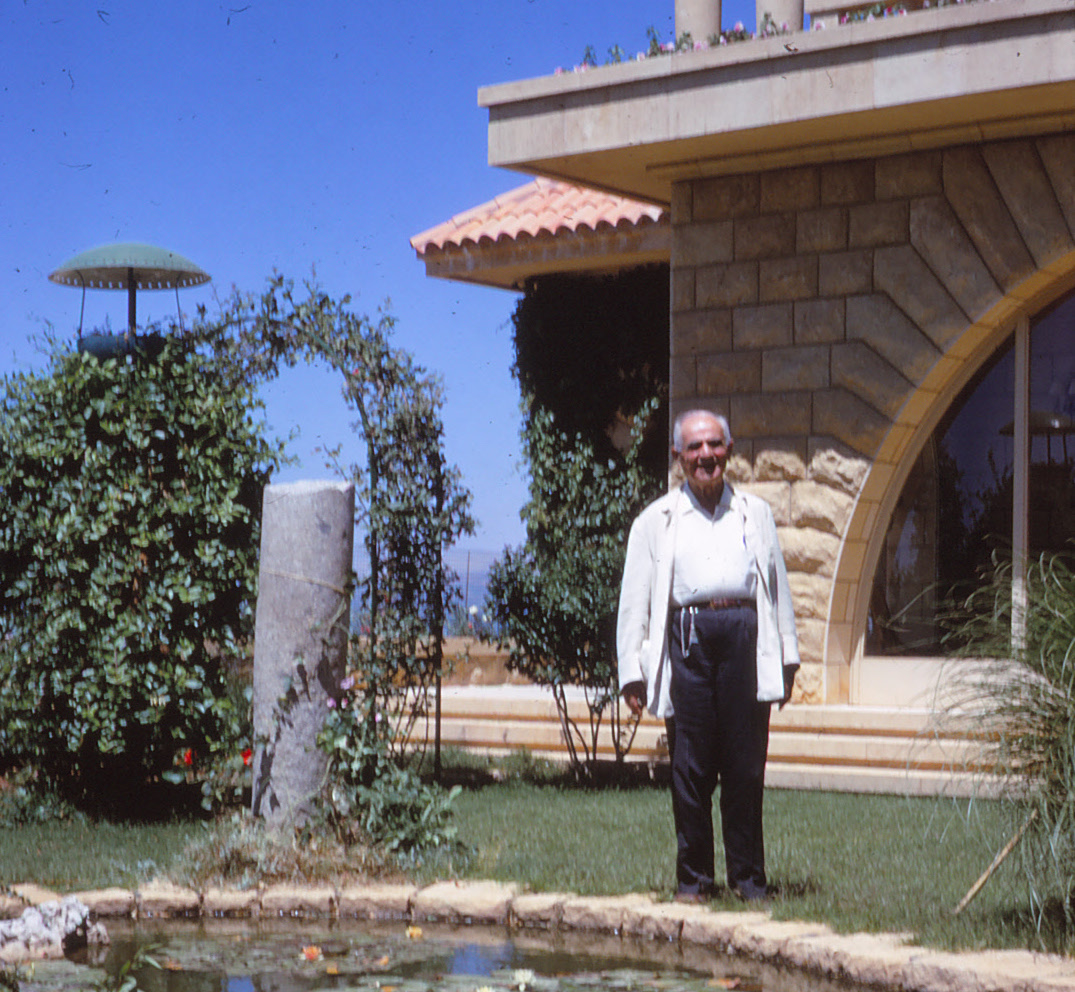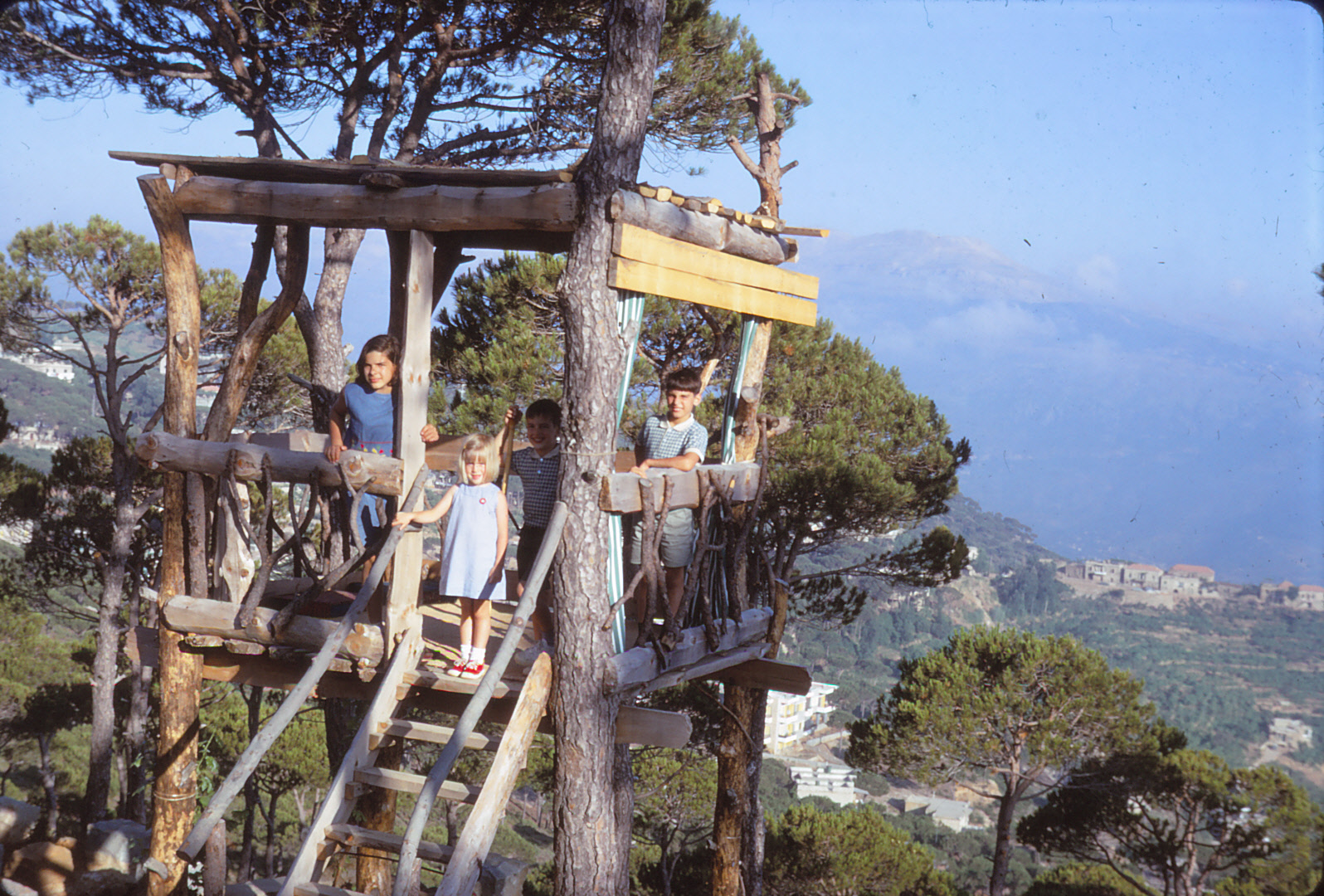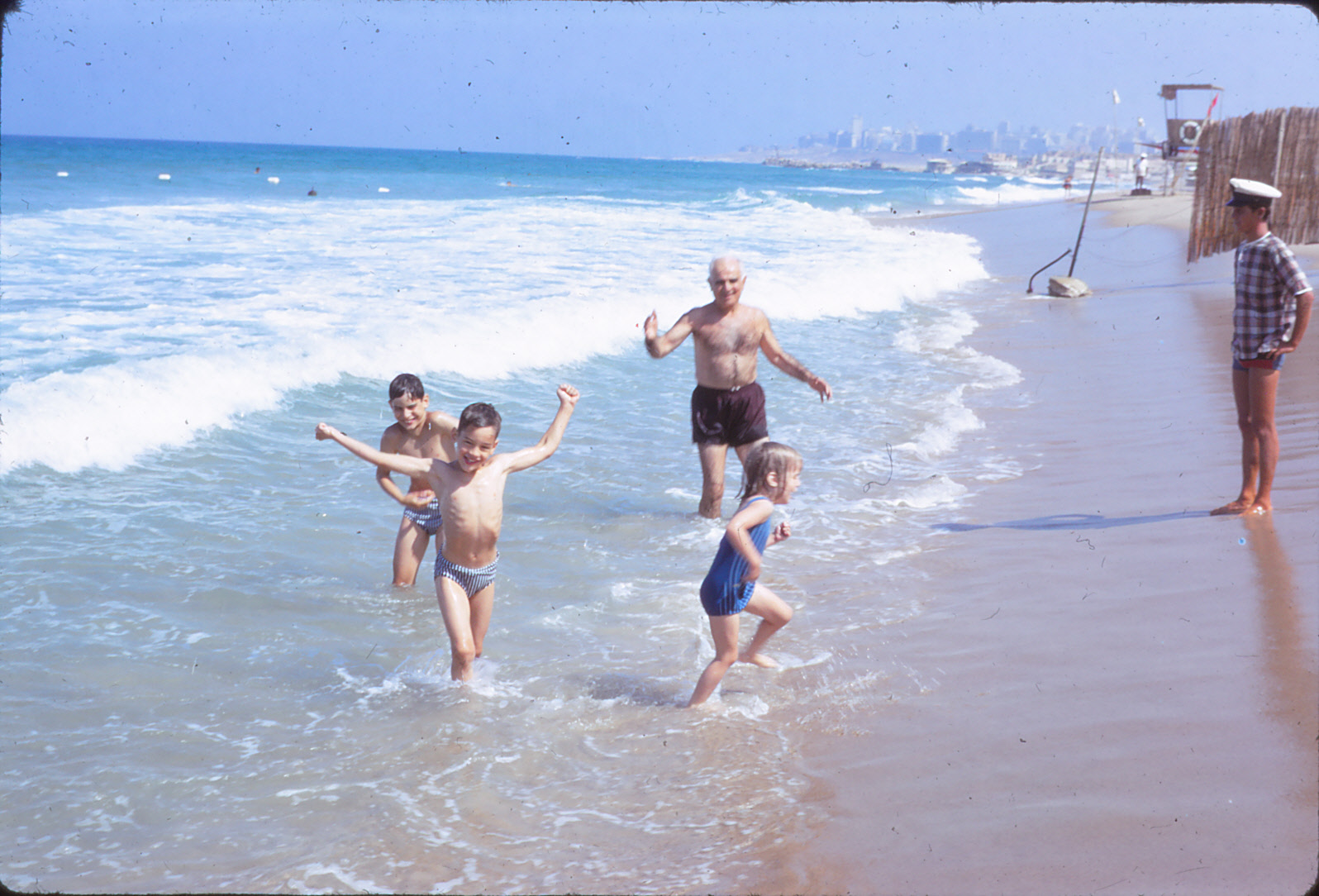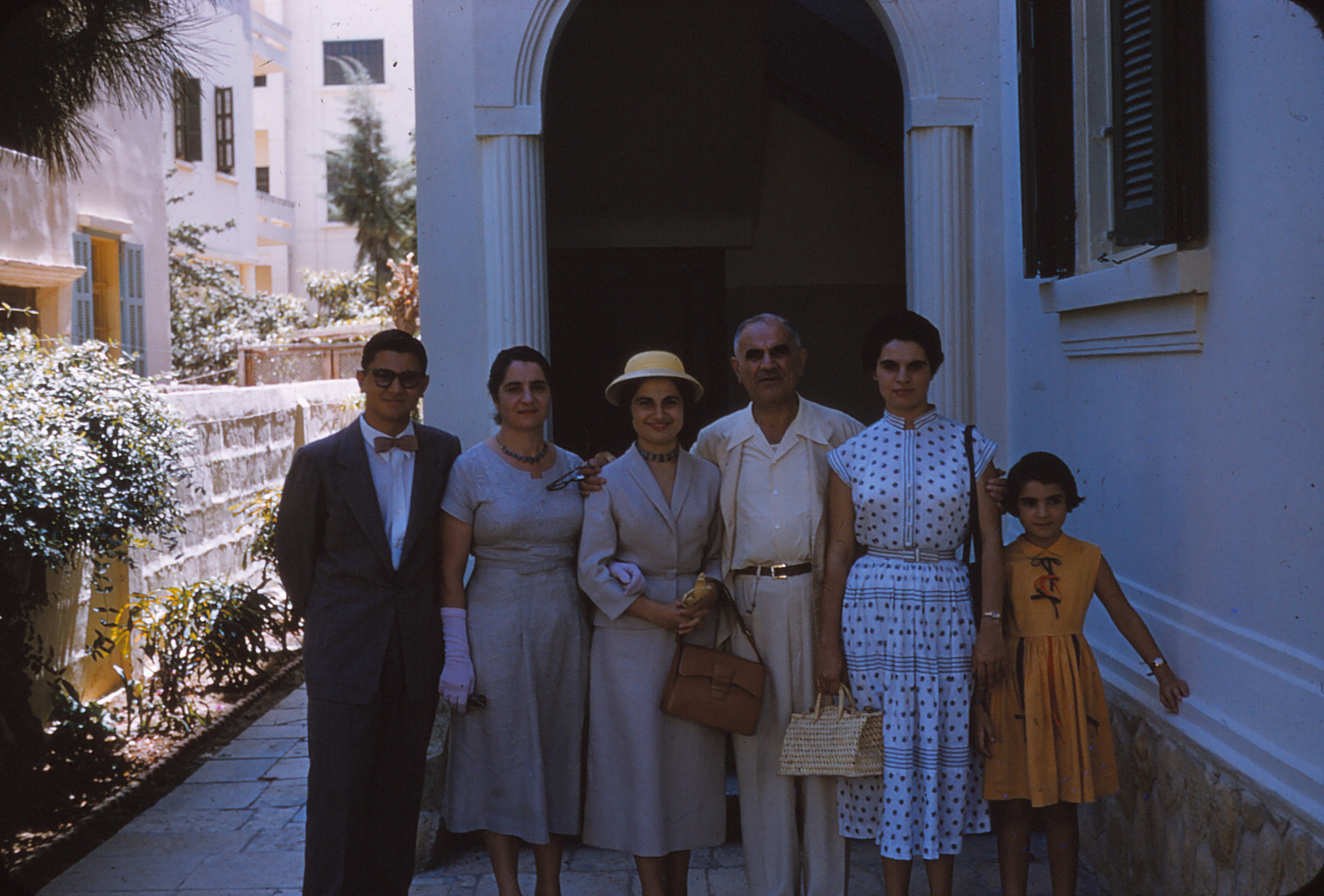An introduction
About this project: This project is an interactive data visualization narrative of the oral history of my great-grandfather, Hovsep Aghek Yeni-Komshian (Hovsep), born April 2, 1895 to an Armenian family in Kilis, Cilicia, Ottoman Empire. Before World War I and the fall of the Ottoman Empire, millions of Armenians lived throughout what is today Eastern Turkey, their nearly 3000-year history in the region making them one of the oldest indigenous groups of the area. However, today the Armenian presence in Anatolia has largely been erased due to the Armenian Genocide (1915-1923), during which nearly the entire local Armenian population was murdered or forcibly deported by Turkish officials, with a death toll of more than one million. Those who did manage to survive became the Armenian Diaspora, escaping to Syria, Lebanon, and beyond. After fleeing Kilis, Hovsep spent the majority of his adult life in Beirut, Lebanon, where he met his wife Helen, raised five children, and practiced medicine for more than four decades until the outbreak of the Lebanese Civil War (1975-1990), which forced him to relocate, once again, to the United States at the age of 84. Between 1973 and 1983, Hovsep, with the support of his daughters, recorded an account of his life resulting in more than 50 pages of transcribed oral history. This project explores Hovsep's life through his learnings, loves and losses. In the first part, data visualization and analysis with the support of Python's NLTK library are used to illustrate the main themes and sentiments of Hovsep's life. In the second part, an abridged version of Hovsep's oral history is presented through a visual narrative, in his own words, accompanied by photos from family albums and recent travels to Lebanon and Eastern Turkey.
Sentiment over time
To analyze Hovsep's thoughts and emotions by time and place, the oral history transcript was converted into a tabular data set with each thought associated with a time and place. This was then analyzed in Python using the NRCLexicon library for emotion classification, which predicts the sentiments and emotion of a given text based on a library of 27,000 words. The resultant sentiment score represents the 'intensity' or 'frequency' of an emotion in the text, with a polarity scale of 0-1. For example, if a text contains many words associated with 'joy', its joy score will be higher. For overall sentiment, the average between positive and negative sentiment was calculated for each year, with a higher score indicating more positive sentiment.
Life in technicolor: emotions, by decade and country
The stacked area chart on the left shows both the predominant emotions detected from Hovsep's oral history overall, and how those changed throughout his life. For example, trust, anticipation, and joy had the strongest intensity in their scores, whereas emotions like anger and disgust remained relatively low throughout Hovsep's life. The categorical heat map on the right visualizes how Hovsep's felt about each of the countries where he spent significant time. The intensity of the scores overall is low, so the visualization creates a relative comparison of the intensity of emotion for each country, with brighter colors signifying a stronger score for that emotion compared to the other countries on the list. For example, there is the highest anger and fear associated with Turkey relative to other countries. Trust was relatively higher for Syria, where Hovsep's family initially fled to for safety in Aleppo.
Life by parts of speech
Decline of Ottoman Empire, turn of 20th century
Forced deportation
Until 1914 things remained peaceful, but WWI began and that era came to an end. When Turkey became the ally of the Central Powers, periodic massacres and persecutions culminated in an organized plan for mass deportation and extermination of the Armenians living in Asia Minor.
One day an order came that all Christian landowners were to be deprived of their lands and made refugees. At the time orders were received to deport the Armenian community from Kilis, my father’s house and storerooms were brim full of wheat, olives, olive oil, preserves of all kind and fruits of the harvest. Fortunately, my father had the foresight to retain part of his assets in gold.

The lands were taken and the sons were also taken. My brother was kidnapped. My uncle was inconsolably grief-stricken when three of his sons were murdered by the Turks in one day. My father had no alternative but to hand over the keys to his home, store rooms and properties to the local authorities.
My parents were forced to leave their home in Kilis and were deported to Aleppo.
One million two hundred thousand Armenians were lost in the genocide.
The story of the horse who saved Hovsep's family from deportation:
as well as Hovsep's own watercolor painting of horse and foal at end)
